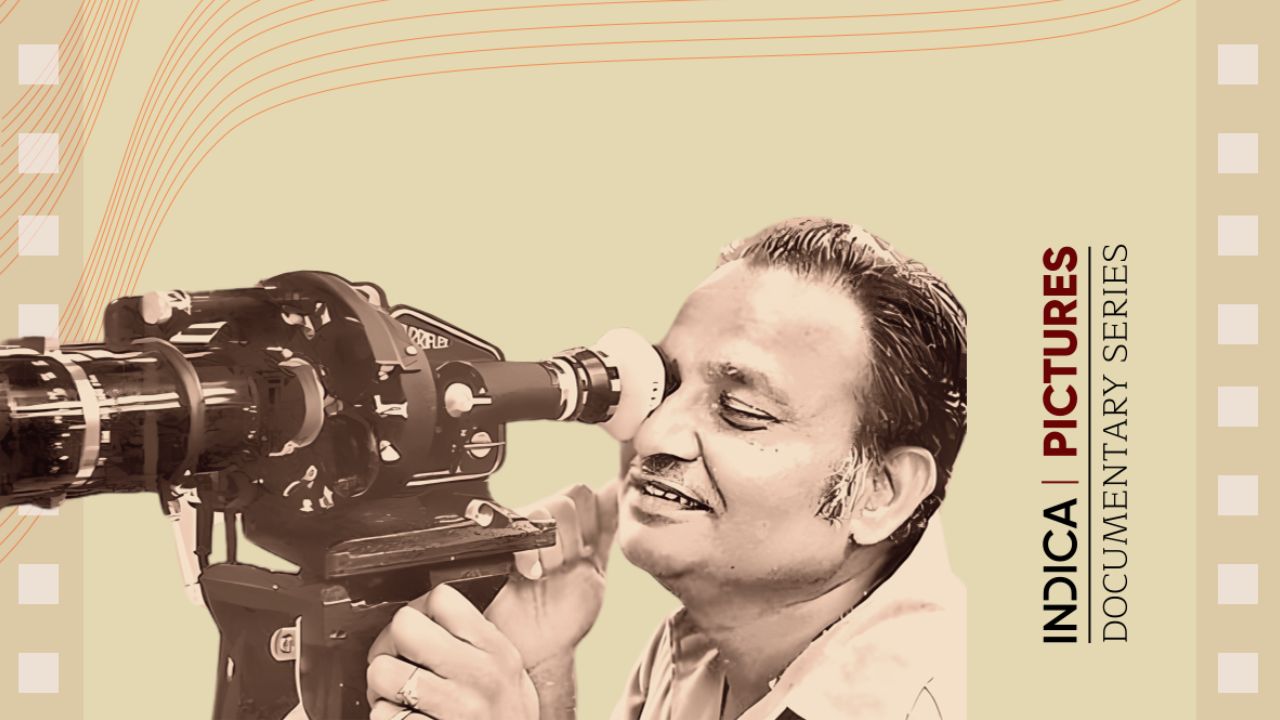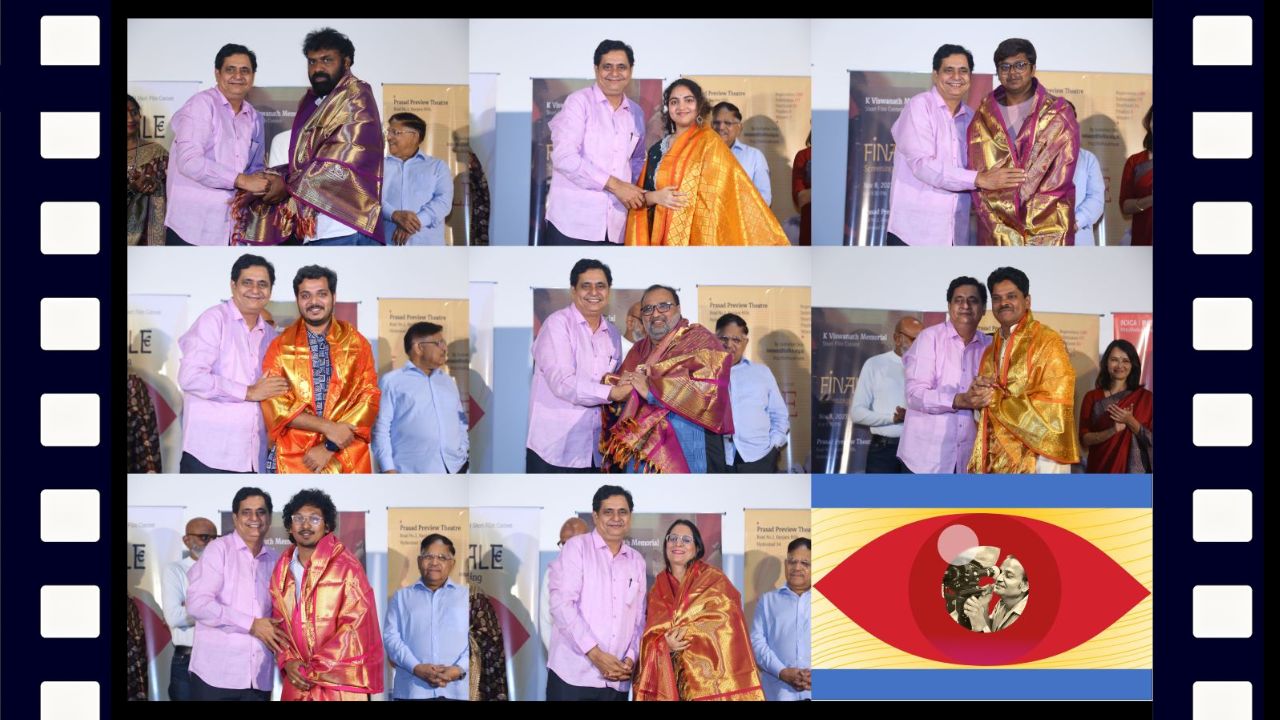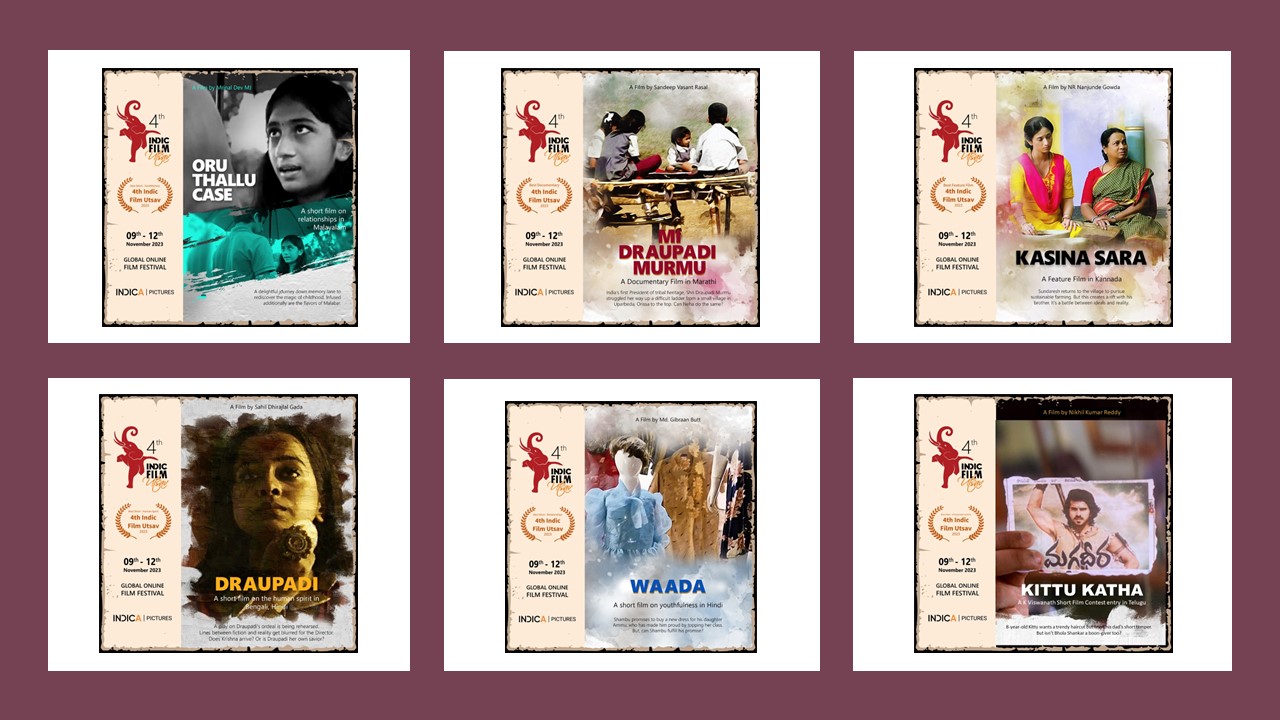Abanti Sinha’s work In Search of Parbha Chhau (Parbha Chhau-er Sandhane, in Bengali) is all about finding the most local of stories, happening under our eyes, but escaping our attention. In the lines of Kannada film Kantara, and even the book by British author Pepita Seth on the Theyyam rituals of Kerala, the Parbha Chhau is facing the prospect of losing its practitioners. Her film Bhumchu -The Drops of Eternal Life won the Best Documentary, Audience Choice, in Indica Pictures Film Festival in 2021. In this interview Abanti talks about her passion for preserving under threat traditions.

What sparked your interest in old tales and stories of vanishing arts?
My passion for travelling to the nooks and corners of my country, to unknown places, interacting with people of different faith , beliefs and culture -- gave me the privilege of spontaneously mingling and interacting with people of grass root, getting involved in the truest sense to capture the essence of their prosaic life . Hence as a director of documentary films, my narrative found a way of unleashing lesser known or unknown subjects, which remained obscure down the ages.
You must have spent a lot of time and effort tracing the last few practitioners of the Parbha Chauu. Could you please share your journey of research
Way back in 2012 I met a group of people in Jhargram, who were performing Purulia Chhau. They revealed that there had been a different form of Chhau in this region which lost its identity as there were not many people left to carry forward the unique form. It was my beginning of a long journey to search for the roots of this dance which they described as Parbha Chhau. I came several times to this region each time following the information to track a resource person. And finally I met the King of Chilkigarh Palace, Raja Birojesh Chandra Dhabaldev, whose family once endorsed and patronised this dance. The hunt for two elderly dancers thus started and finally I could film this Documentary in 2018-2019.
How important is documentation and subsequent showcasing in film festivals to preserving these rare art forms under threat from modernisation.
The views of eminent scholars and art historians have been incorporated in my film to emphasize the historical context and the inner value of this dance, thereby adding an archival significance in preserving the essence, aesthetics and a rare culture form of our country.
A proper knowledge and concern about such rare and dying art forms can be created only when it is brought to light by an audio visual documentation. My aim for making such documentaries is that, even if not revived, at least it can be preserved for the posterity considering its antique value.
Every documentary film-maker struggles to mould bits and pieces of gathered information into a film, showcasing them to a greater audience become a primary intention. A world wide consciousness and exposure on the subject can only be done by showcasing it in Film festivals which includes a myriad global audience. This paves a path not only to discover the subject but also create an awareness to preserve the dying heritage before it fades out completely.
Government backing and funding can go a long way to producing such films. What role do you envisage for the government for producing such films?
Procuring Funds for Documentaries is still the greatest challenge for Film-makers in India. Government Funding can be a backbone for such endeavours. But in most of the cases subjects remain obscure, or apparently may appear insignificant and hence the need for preservation is not perceived. As a film director and researcher I think I could play a vital role in at least help noticing subjects which may otherwise fade into oblivion.
What is the curiosity of non-Indians towards both the art forms and the films?
India has always been a land of wonders and the International audience is still amazed with the variety of art and rituals, cult and culture, the people-- their living, the myths and stories culminating in their daily lives, which prevail in nooks and corners of India. This according to me will continue to be relevant and interest the global viewers even in the days to come.
Can urban India and international audiences relate to such very localised narratives given the rapid cultural shifts that are happening?
Culture is the identity, the face of a country. The more localised the cultural practices are, the better understanding we can have of its historical and socio-economic perspective. The more aboriginal it is, the better we can realize the indigenous elements that it nurtures.
Though in this fast changing world we are becoming a part of the same global community and trying to adapt ourselves with the rapid cultural shifts— a time of crisis is sure to come when again we will start seeking our individual identities, and searching our roots. Connecting to our heritage shall then give a better reason to regenerate and re-grow.
What is the mood among the artists? Is there a sense of hope or despair? How do we do justice to this honest emotion?
The artists, dancers and accompanists who knew the actual form of Parbha dance is no longer alive. The young generation tried to revive the form but there is great lack of guidance and equipments. The passing away of Raja Birojesh Chandra have also added a sense of despair to the dancers, since he hosted the dance event occasionally. But there is one ray of hope. At least the masks have been restored by the Government at present. The dance tradition may be hard to continue without proper training but I believe, the documentation shall remain as an invaluable asset for further research and restoration of this dying form.
Video Excerpt of the Interview





